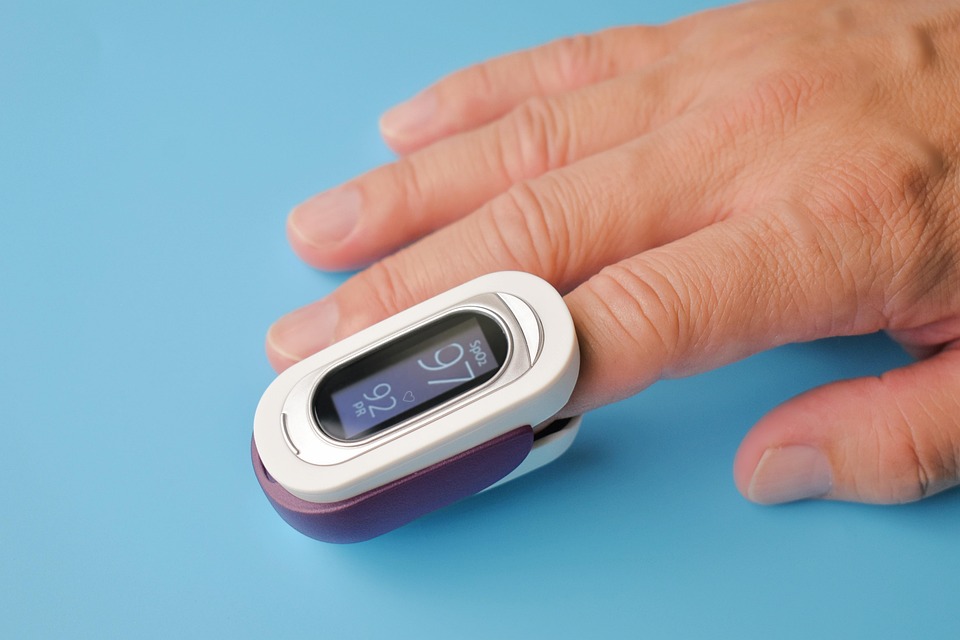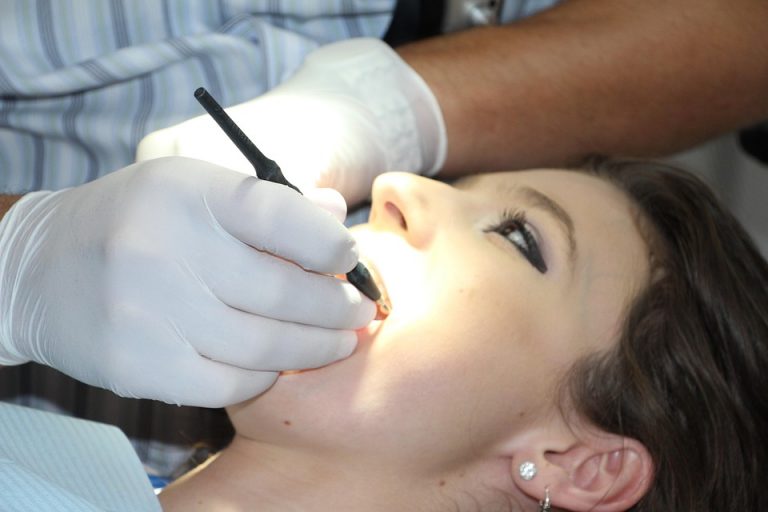Effective pet health monitoring is the cornerstone of a happy, vibrant life for your furry friends. Your pet relies on you to spot any health issues before they escalate, ensuring they live their best lives. But how can you stay on top of your pet’s health? Let’s dive into seven essential tips that will help you become the vigilant guardian your pet deserves.
Contents
Understanding Pet Health Monitoring
Pet health monitoring means keeping a close eye on your pet’s physical and behavioral changes. It’s about knowing what’s normal for your pet so you can quickly identify when something isn’t right. This knowledge can prevent minor issues from developing into serious health concerns.
Why does this matter? Because your pet can’t tell you when they’re feeling off. They rely on your keen observations to ensure their well-being. So, let’s get to those tips!
1. Know Your Pet’s Baseline Health
Every pet is unique, and understanding your pet’s baseline health is crucial. Take note of:
- Weight: Regularly check your pet’s weight. Sudden weight loss or gain can signal health issues.
- Coat Condition: Is your pet’s fur shiny and clean? Dull or flaky fur may indicate health concerns.
- Behavior: Is your pet playful and active? Changes in energy levels can be a red flag.
Establishing a baseline allows you to notice any changes quickly. Schedule a vet visit if something feels off. A well-timed check-up can make all the difference.
2. Regular Vet Check-Ups
Routine veterinary visits aren’t just for when your pet is sick; they’re vital for preventative care. Aim for at least one visit a year, or more frequently if your pet is older or has specific health needs.
During these visits, your vet will:
- Perform a physical examination.
- Update vaccinations.
- Discuss any behavioral changes you’ve noticed.
According to the American Veterinary Medical Association, regular check-ups can help detect issues early, saving you and your pet from unnecessary suffering.
3. Create a Comprehensive Health Log
Keeping a health log is like having a diary for your pet’s well-being. Document everything from allergies to medication schedules. Include:
- Weight Changes: Track your pet’s weight monthly.
- Vaccination History: Keep records of vaccinations and treatments.
- Behavior Notes: Jot down any changes in appetite, energy, or bathroom habits.
This log will not only help you spot patterns but will also be invaluable during vet visits. You can provide your vet with concrete data, allowing for more accurate assessments.
4. Watch for Behavioral Changes
A change in behavior often signifies something is amiss. Keep an eye out for:
- Increased aggression or withdrawal.
- Changes in eating or drinking habits.
- Excessive scratching or grooming.
If your usually playful pup suddenly becomes lethargic, don’t brush it off. Changes in behavior can sometimes indicate pain or illness. Trust your instincts—if you feel something isn’t right, consult your vet.
5. Nutrition Matters
What you feed your pet directly impacts their health. Understand their dietary needs based on age, breed, and health conditions. Here are some guidelines:
- Quality Over Quantity: Invest in high-quality pet food tailored to your pet’s needs.
- Portion Control: Overfeeding can lead to obesity, which is linked to numerous health problems.
- Hydration: Always ensure fresh water is available. Dehydration can lead to serious complications.
Consult your vet for tailored advice on your pet’s dietary requirements. A well-fed pet is a healthy pet!
6. Stay Updated on Common Health Issues
Each breed has its own set of health issues. Familiarize yourself with the common problems associated with your pet’s breed. For example:
- Goldens and hip dysplasia.
- Bulldogs and breathing issues.
- Cats and kidney disease.
Knowledge is power. The more you know about potential health risks, the better prepared you’ll be. Regularly check resources like the American Kennel Club or the Cat Fanciers’ Association for updated information.
7. Use Technology to Your Advantage
In today’s digital age, technology can be a game-changer in pet health monitoring. Consider using:
- Pet Health Apps: These can help track your pet’s weight, medications, and vet appointments.
- Wearable Devices: Some collars monitor your pet’s activity levels, sleep patterns, and even vital signs.
Harnessing technology not only makes monitoring easier but also allows you to share this information with your vet for more informed discussions.
Bottom Line
Effective pet health monitoring isn’t just about reacting to illness; it’s about proactive care. By implementing these seven essential tips, you’re not only enhancing your pet’s quality of life but also strengthening the bond between you. Remember, your pet relies on you to be their advocate.
So, take a moment today to check in with your furry friend. Observe, document, and communicate with your vet. Your diligence can lead to a longer, healthier life for your beloved pet.
FAQs
Q: How often should I take my pet to the vet?
A: Aim for at least once a year for routine check-ups. More frequent visits may be necessary for older pets or those with health issues.
Q: What should I do if I notice a change in my pet’s behavior?
A: Document the changes and consult your veterinarian as soon as possible.
Q: How can I ensure my pet is eating a balanced diet?
A: Consult your vet for recommendations tailored to your pet’s specific age, breed, and health needs.
Your pet depends on you to be their voice. Embrace these tips, and watch them thrive!








